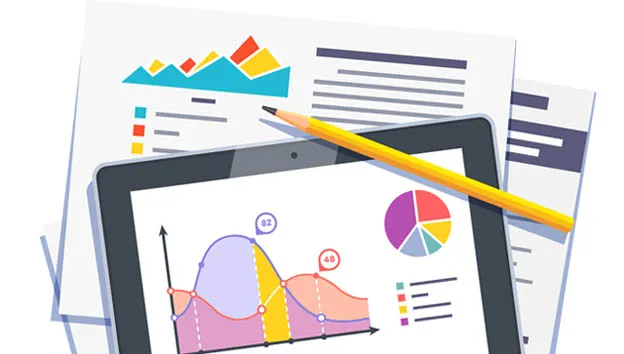Being the number one web analysis platform, Google Analytics offers incredible insight into how websites perform and how users are interacting with said website.
With a whole host of data available to website managers, it can sometimes be difficult to decide what metrics are most important. Turning to Google for suggestions,
most self-help articles will reference bounce rate as a key metric for website performance.
As a metric, bounce rate is a percentage of website users who navigate away from a website after viewing just a single page. I.E not interacting with other information on the website.
In certain context bounce rate can provide invaluable information, however in 2018, the prevalence of social media and blog articles drives the metric skyward, leaving website owners in dismay at the growth in single page sessions their website attracts.

That’s why we have compiled this list of 5 analytics reports that you could be using to help interpret your website performance.
1. User Demographics & Insight
Opening up the audience tab in Google Analytics can provide you with a host of information about your website visitors. Age, Gender & Interest metrics can help you hone your content strategy and even tailor marketing initiatives across multiple platforms. The information available to you in this report can help you tailor your content and digital marketing practices to attract, engage and convert more customers.
2. Site Search
The site search column provides you with real life data of what users have typed into your websites search box. Utilising this information can help website managers amend site categories and learn about consumer trends such as colours or styles in vogue depending on industry. Analysing your site search on a regular basis can offer incredible insight and even sculpt buying decisions to conform to consumer interest.
3. Goals
Utilising Google Analytics Goal setting can provide incredible insight into how your website performs with clicks of just a few buttons. Setting up target URL’s as a goal (such as the contact page, or your request a quote page) can tell you just how many people are viewing key pages. This information can then be leveraged to determine elements like drop off rates of key pages, and even A/B Test form elements to help buffer customers through your buying cycle.
4. Reverse Goal Paths
Once you have established a number of goals, Google Analytics reverse goal path analysis becomes an invaluable tool. Once you have a clear idea of what your key pages are, figuring out what content helps convince and convert customers is key. Interpreting the data available in this report can help you create and place the right calls to action across the website and drive conversions.
5. Search Console Queries Report
Ever wondered what people type into Google to find your website? Well analytics can help. The search console queries report holds a diverse list of search terms used by your customers when visiting the website. Simply set your chosen date range and select the report to see exactly how your customers search for your business online.
While these are simply a flavour of the reports Google Analytics can create, remembering these the next time your setting out your website KPI’s could help you drive your website online.
While bounce rate does have its place in website analytics, don’t become over consumed with this as your KPI. Appreciate it for what it is, but don’t let it define your website. Check out the first two examples in this piece from marketingland.com if you want to learn a bit more. (
https://marketingland.com/bounce-rate-important-metric-junk-data-229310)

